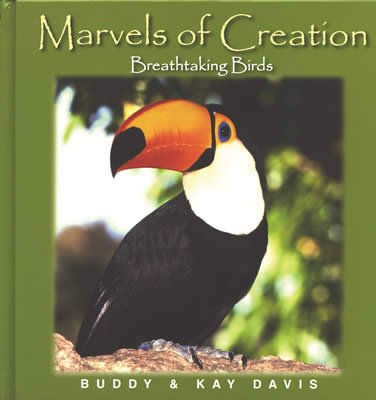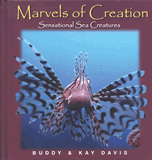Bald Eagle
Bald eagles can usually be sighted near rivers, lakes, or the ocean, perched in trees or atop bluffs.

Bald eagles can usually be sighted near rivers, lakes, or the ocean, perched in trees or atop bluffs. When it soars, the eagle can be easily distinguished from a vulture because it holds its wings outstretched in a flat horizontal position — not uplifted in a “V” like the vulture. The white head and neck distinguish the bald eagle from other eagles. The white head is the sign of a mature bird at least four or five years old. A younger bird has brown plumage on its head and can be confused with an immature golden eagle. The mature bald eagle also has a white tail, a brownish-black body, and yellow feet and bill. Both sexes look alike; however, the female may be larger than the male.
The breeding season of the eagle is dependent upon the latitude at which the eagle lives. For instance, in Florida, the season is November through January. In Alaska, the season is March through May.
The nest of the eagle is called an aerie and is made of a pile of sticks in a tree approximately 20 to 30 feet (6.1–9.15 m) above the ground. The nest can be as much as 7 feet (1.1 m) across and 11 feet (1.8 m) deep. These nests are added to and repaired each season. Coastal eagles may build their nests on the ground, lined with soft grass, sticks, feathers, and moss. Inside the nest, the eagle will lay one to three unmarked white eggs. Both parents share incubation and in approximately 35 days the young are hatched. Usually only one survives to leave the nest in 10 to 11 weeks.
With both monocular and binocular vision, an eagle has keen eyes for spotting prey. It moves its eyes very little and can see by rotating its head nearly a full circle like an owl. Ornithologists report that an eagle can spot prey up to two miles away. Eagles are excellent fishers and fish are the mainstay of their diet. They also eat small mammals, birds, and carrion. Eagles kill their prey by grasping it with their feet and spiking their sharp talons into the victim. They can tear the meat with their sharp bill. Bald eagles often steal food from the osprey. They can dive at 200 mph and they fly approximately 30 mph.
Eagles sometimes concentrate in large numbers in places of abundant food, such as the ten-mile stretch of the Chilkat River in Alaska where 3,500 or more may gather to feed on dead salmon. Eagles were once numerous, but hunting, pesticides, and habitat destruction cut their numbers down to less than 1,000 pairs by the mid-1970s. Declared an endangered species in 1978, the eagle’s survival has become a fantastic success story with over 5,700 pairs counted by the U.S. Fish and Wildlife Service in 1998. They thrive in Alaska and Florida and can be seen in increasing numbers in many other areas.
Bald Eagle
Falconiformes • Accipitridae
Haliaeetus leucocephalus
Weight: 10–14 pounds
(4.6 kg–6.3 kg)
Length: 33–42 inches (85–105 cm)
Wing Span: up to 8 feet (2.45
m)
Life Span: 25–30 years
Special Design Feature: Eagles possess both monocular
and binocular vision with incredible eyesight.
Did you know? On June 20, 1798,
the bald eagle was adopted as the national bird of the United States of America.
Marvels of Creation: Breathtaking Birds
This spectacular book brings the world of feathered creatures alive in a unique and colorful way.
Browse Kids BookRecommended Resources
- © 2025 Answers in Genesis
- Privacy Policy
- Contact
- About



